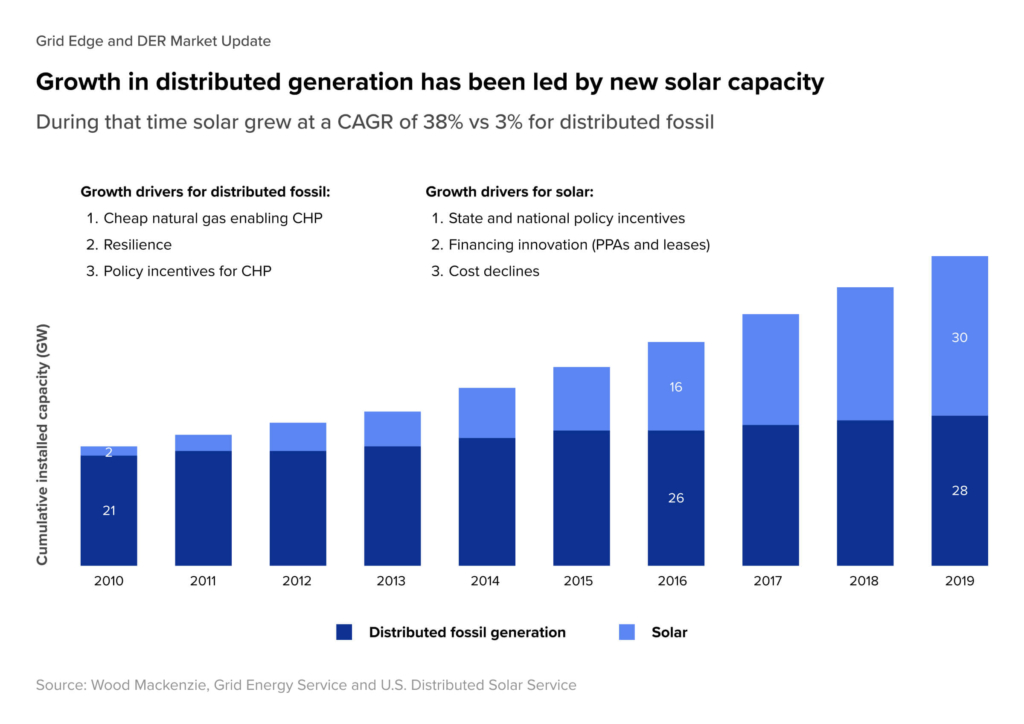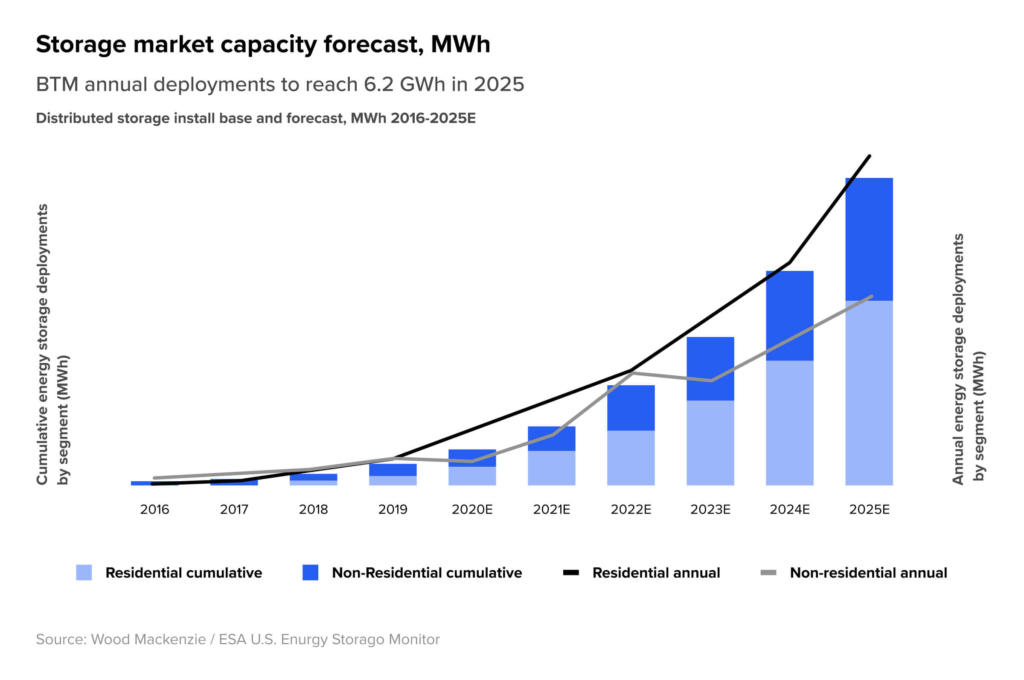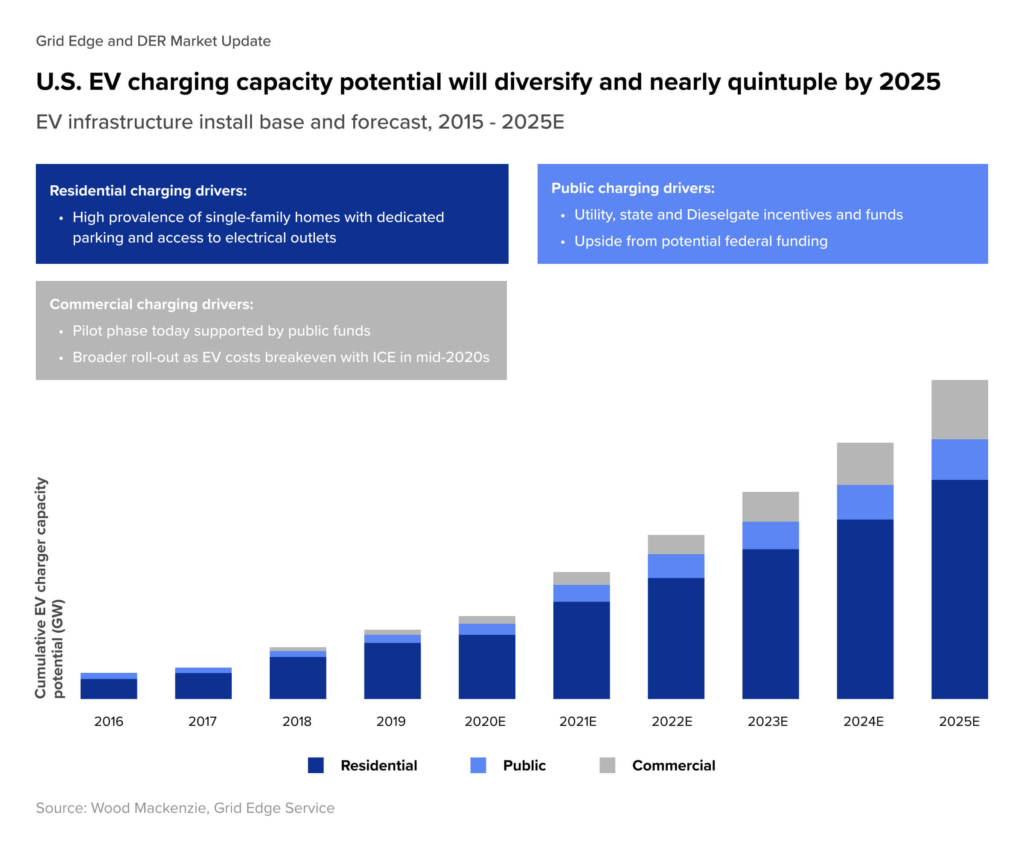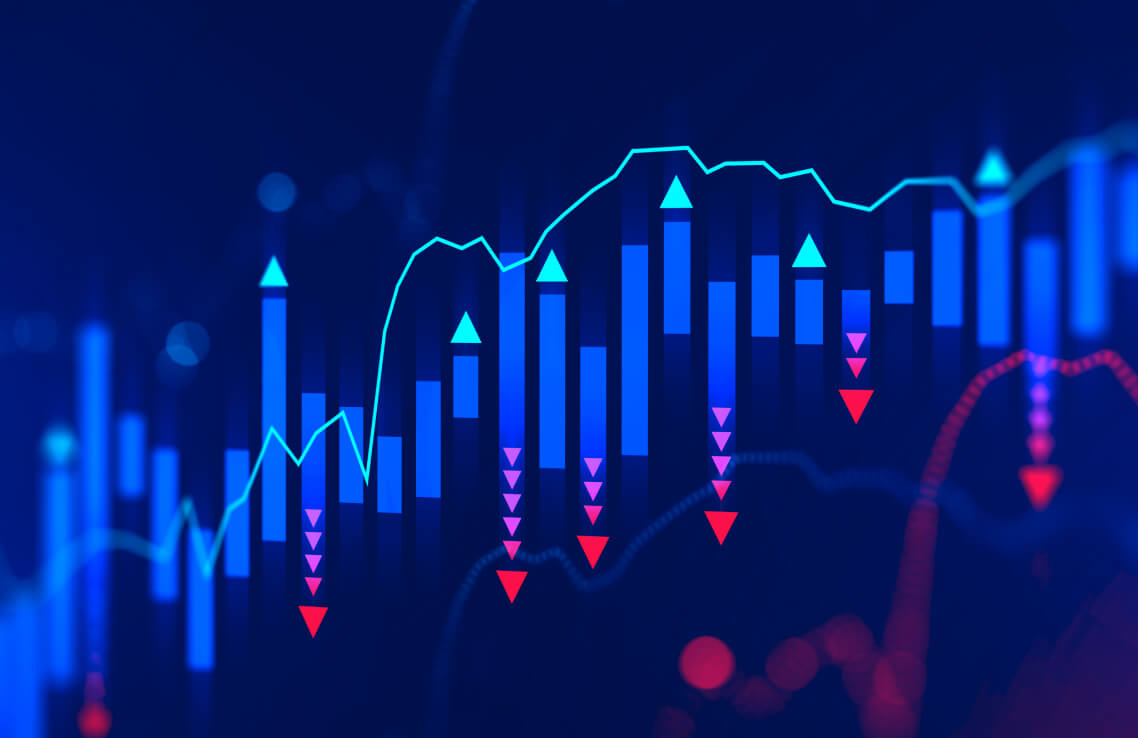The energy industry is going through a structural transformation, influenced by geopolitical events and dramatic climate changes. Russia’s invasion of Ukraine, for instance, causing a major disruption in the energy supply responsible for raising average costs: Europe saw an increase more than double if compared to 2019 levels, India’s prices are up 80%, and Japan’s more than 30%.
How is the energy market going to evolve? What technologies will have a predominant role in the immediate and remote future? What will be the main drivers in terms of investments in the energy sector?
Farley Pereira, Venture Capitalist at VOX Capital, has shared his interesting ideas on the evolution of the energy industry which, from his perspective, has many points in common with the Internet. Let’s see how.
The transformation of the energy industry
The entire energy industry is going through a moment of inflection. The power grid value chain is being redesigned at an unmatched pace, and its volatility (driven by advances in the production of renewable energy and the reduction in the share of fossil fuels) has been increasing creating a scenario of competitive intensity never before witnessed by the industry.
A new energy industry is emerging, based on distributed energy resources (DERs), that produces energy supply and controls demand, whose competitiveness increases every year as technological developments lower the unit cost of production.
The American market is a good example of the transformational moment for the energy industry as a whole exemplified by the following trends:
1. Increased participation of solar energy in the energy matrix and dissemination of the distributed solar energy generation model.

2. Diffusion of distributed generation and advances in energy storage technology, bringing more resilience to the market.

3. Diffusion of electric vehicles, impacting the current configuration of energy consumption balance.

These technological changes have inevitably created space for numerous new business model configurations taking advantage of the restructuring of the energy market value chain.
A decentralized model
The electrical grid infrastructure of the future will slowly abandon the concepts of centralized generation and demand management by an energy operator as we know today. It will be a decentralized environment with millions of intersections between generators and consumers, balancing the flow of energy in real time. In a way, it will be very similar to a network of nodes, just like the Internet.
This new network configuration demands the emergence of a tech stack that helps deliver the full potential of new technologies. It is exactly with this tech stack vision that we base our investment thesis in the market. Let’s take a look at what changes the market might experience…
Applications
Energy providers are not usually known for providing a pleasant end-customer experience. The application layer – an abstraction layer that specifies the shared communication protocols and interface methods used by hosts in a communications network – presents a great opportunity for improving UX/UI aimed at engaging end consumers and companies.
The browser was perhaps the first application, in business terms, to embrace and deliver the potential of the Internet. It really impacted the financial vision of how that technology could be used. We believe that a substantial part of the value of the new configuration of the energy value chain will be captured by applications.
Analytics
The deregulation of energy markets, or simply put, the ease of consumption as a direct consequence of global market opening, activates a very basic need in mass consumers who find themselves deprived of the opportunity to participate in the market.
With the opening of the market comes the possibility of creating different energy plans for consumers. However, the volatility of consumption and supply makes it super risky for consumers to choose to be directly in control of their energy supply. As a consequence, it is very likely that analytics companies working on structuring energy consumption and supply data will be gaining ground as a necessary solution for integrating offers in the energy transition.
Distributed energy resource management systems
Here, we are basically talking about software that would function as an operating system for distributed energy resources and networks. Software establishes the rules by which the network, devices, and intermediaries must function and interact with each other. There are numerous solutions that perform such functions, but especially in Brazil with current market conditions, willingness to pay for this type of solution has always been low. With regulatory migrations in the energy market, we can expect the emergence of this type of player.
Connectivity Services
We have observed the profusion of vertical APIS players in the logistics and especially financial services markets. These players create a standard infrastructure for interoperability between
devices and networks. We believe that the electrification process of cities will generate the need for this type of connectivity environment.
Energy storage devices
Also, in this case we have a clear parallel, as batteries will be acting as the AWS of energy savings. The ability to store energy produced in a decentralized manner and turn it into a transactional asset is possibly the biggest disruption to the modern energy structure.
What to expect from energy market in 2024
The Economist Intelligence’s Energy Outlook 2024 forecasts an increase of 1.8% (compared to 2023) in global energy usage, largely driven by strong demand in Asia. These projections confirm the prediction of the International Energy Agency which besides estimates that of the around USD 2.8 trillion invested in energy in 2023, more than USD 1.7 trillion is going to clean energy, including renewable power, nuclear, grids, storage, low-emission fuels, efficiency improvements and end-use renewables and electrification.
At the same time, despite still-high prices, unresolved disruption issues in the supply chain, and an unprecedented growth for renewable energies (+11% compared to 2023), the fossil fuel industry will reach record levels.In 2023, the M&A Community started a chapter dedicated to energy, hosting a series of events focused on the energy sector and investments in Brazil, Chile, and Colombia, Singapore, Mexico and Iberia. We are working right now to define the agenda for 2024 energy-related events, so if you want to stay up-to-date about the most recent trends in the industry, be sure to follow us here and on LinkedIn.




